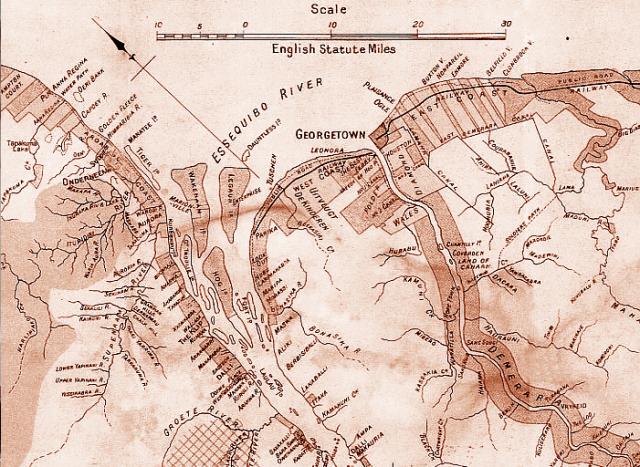In 1823, a proposals were sent from the British Colonial Secretary to the Governor of Demerara asking that the conditions of the slaves be improved (known as the ‘amelioration proposals'). The Court of Policy in Demerara examined the proposals on 21st July, 1823, and postponed making a decision. Under the belief that their masters were concealing news of the slaves' emancipation, a slave rebellion broke out under the leadership of an enslaved person called Jack Gladstone. His father, Quamina, was a deacon at the local chapel who tried to pursuade the enslaved people not to resort to violence and to be patient. Around 9000 enslaved people were involved in the revolt. A one-sided battle took place at a plantation named Bachelor's Adventure. It left many enslaved people dead or wounded. Quamina managed to escape but three weeks later he was tracked down and shot. John Smith, a young British protestant minister who ran the chapel that Quamina attended, was blamed for the slave revolt. He was arrested and sentenced to death. Smith was later pardoned by the King but by the time the message reached Demerara, he had died from pneumonia in his damp prison.
 East Coast Demerara
East Coast Demerara

 [ 1 ]
[ 1 ]  [
[

